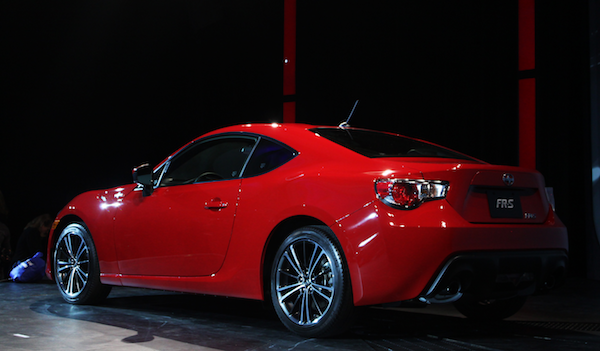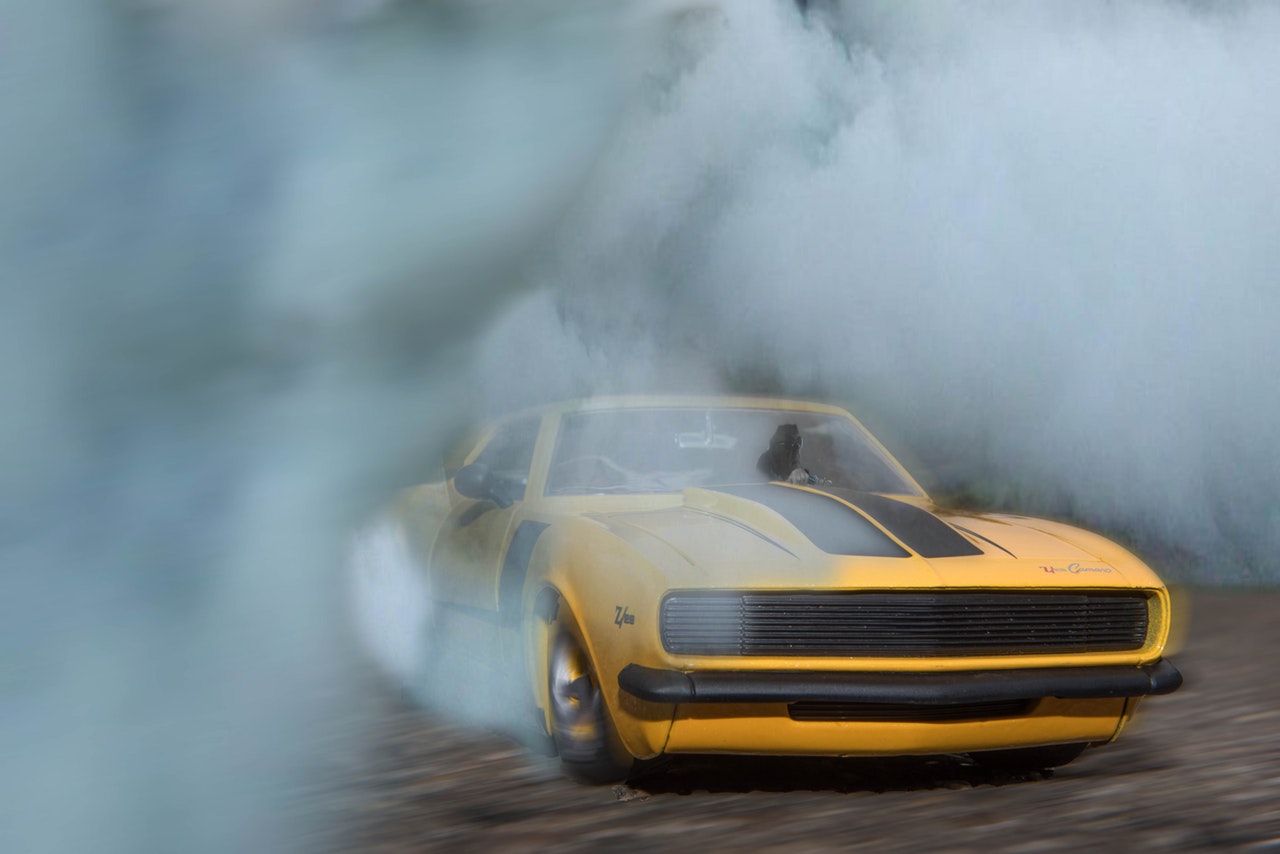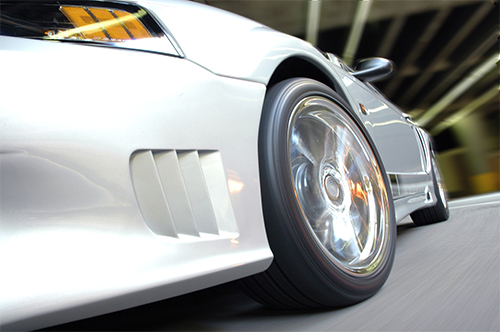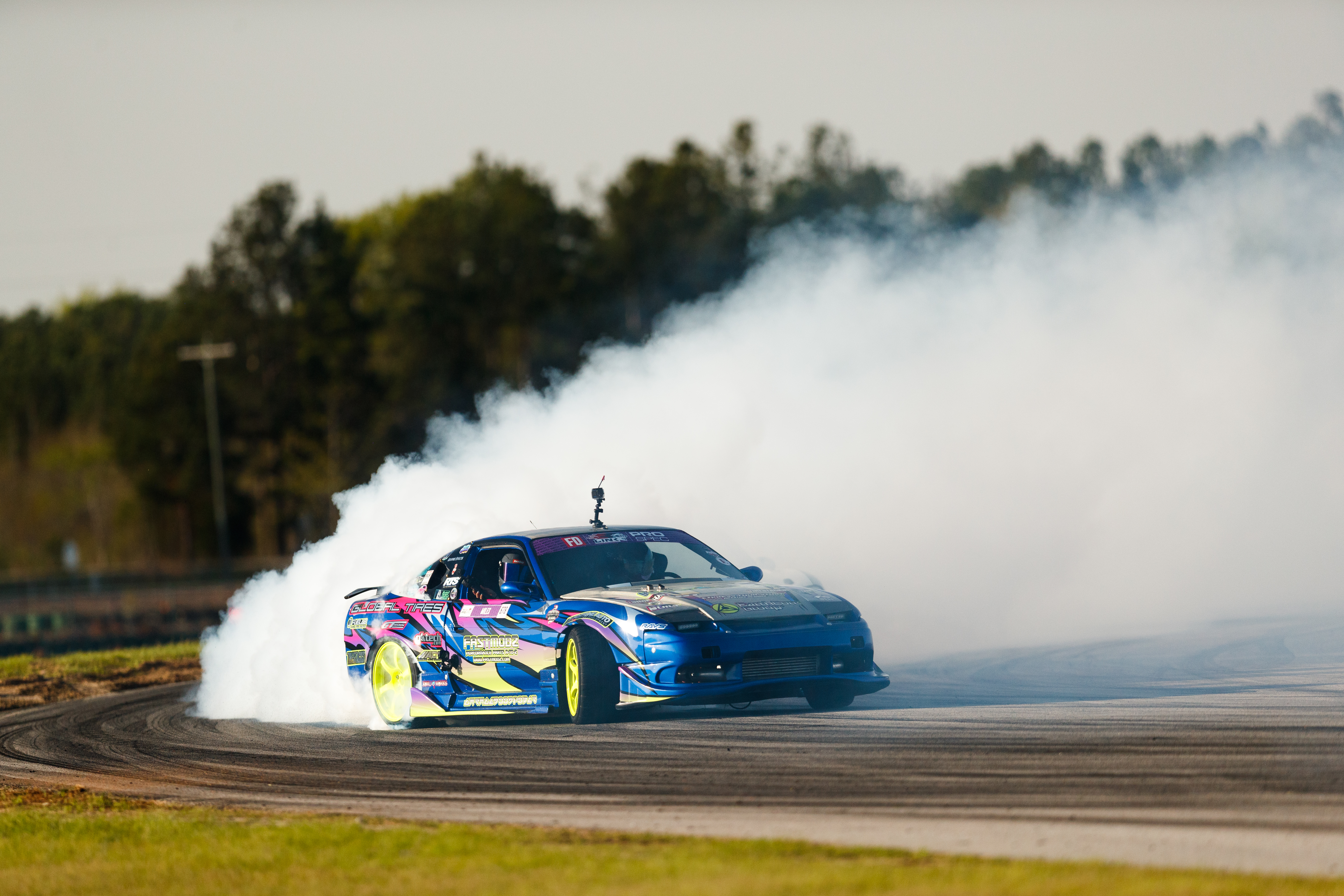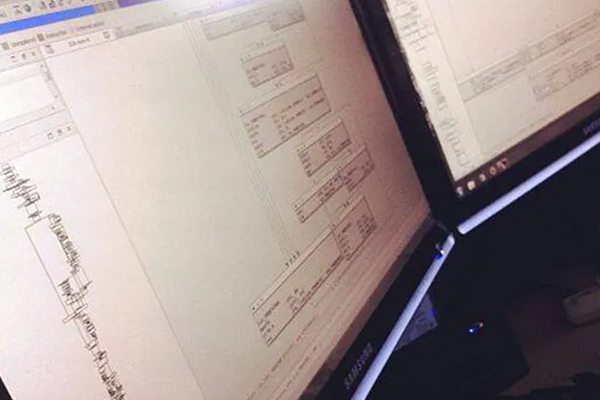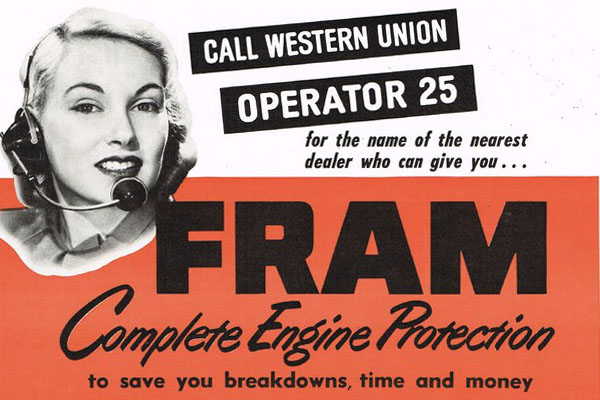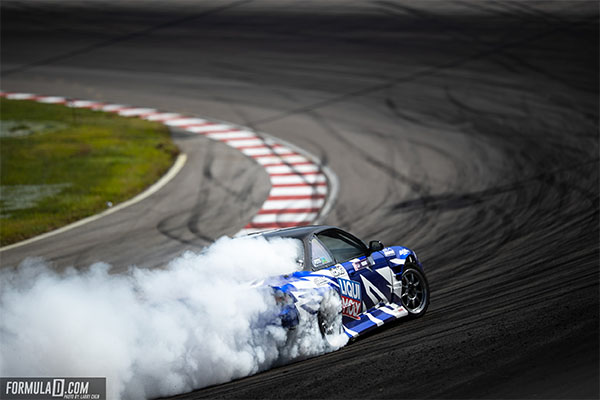When you hear "hot rod," you probably don't picture something with a diesel engine. Diesels are mainly found in heavy-duty trucks in the US, but lately they have been slung into lighter trucks and compact cars. Want to upgrade your diesel Ram 1500 or Chevy Cruze? Here's how to get started.
Why a hot rod diesel?
You're going to see some wild horsepower claims below, so we'll look at why these modifications work so effectively on a diesel engine. Like a gas engine, a diesel engine compresses air and injects fuel into the combustion chamber, creating an explosion that makes horsepower and torque.
In a gas engine, air is mixed with fuel vapor, compressed, then ignited. In a diesel, the air is compressed first, and fuel is added, making the mixture instantly combust without the need for a spark plug. While the Camaro SS has a high gas compression ratio of 11.3:1, the Cruze diesel's compression ratio is 16:1. That's a ton of air getting compressed, making for a powerful explosion. To survive, diesel engines are a bit overbuilt, unlike GM's early-'80s diesels, which were just 350 V8s switched over to diesel power with little other modification. With iron blocks and forged connecting rods, diesels are excellent candidates for more horsepower.
Breathe in
Air-intake systems are often the first modification — on diesel or gas engines — due to their affordability and bang for their buck. Most factory air intakes are a compromise of packaging restrictions, noise reduction, emissions compliance and manufacturer cheapness. An aftermarket system replaces the factory air box and intake tract with a larger diameter pipe with less curves. The result is an engine that breathes better with less restriction, generating more horsepower. Plus, a lot of them look cool.
If nothing else, at least upgrade your air filter. Performance air filters replace the paper filter in the intake with a higher-flowing fabric filter. The fabric is folded multiple times, making for a larger filter surface area that still fits in the factory air box. Some designs use a special oil for the filter's element to trap contaminants more effectively. It might be worth only a few horsepower, but it will support your future mods down the road.
Breathe out
Exhaust is the other common first-time mod. Like intake systems, there are many aftermarket exhaust systems that can change the sound of your diesel while freeing up horsepower and torque. Aftermarket exhaust systems increase pipe diameter, remove unnecessary bends and choke points and add high-flowing mufflers or resonators. For a first mod, there's no reason to go crazy and put big rig-style stacks. For most trucks, 4 or 5-inch exhaust systems offer the best increase in horsepower while remaining very affordable. Bonus, they make your vehicle sound cooler than stock.
Downloadable horsepower
The diesel crowd loves computer tuning even more than sports-car people. A tuned four-cylinder sports car might gain 5 horsepower at the rear wheels. A tuned diesel V8 can pick up over 100. A good tuner has several programs to choose from, which gives you more flexibility in using your truck. If you tow often, you will need a program that keeps the exhaust gas temperature (EGT) in check under heavy loads. EGT is very important to the engine's overall health; gauge packages are available to help you keep tabs on EGT.
If you want to pass emissions/inspection tests, you want a program that works with the diesel particulate filter to make eco-friendly power. A good daily driving program will lock up the torque converter sooner for increased MPG. A programmer will give you the most gains in MPG of any modification, but you need the intake and exhaust to get the most out of your new tune (“collect 'em all!" right?).
Under pressure
The fuel pump on a gas hot rod is usually replaced after big modifications like cylinder heads and camshafts. Remember that stuff above about compression? Diesels normally pull in a lot more air than a gas engine, and even more so with modifications. More air means you need more fuel to burn it properly. After the “big three" mods are done, an upgraded fuel pump is a safe bet to support your higher power goals.
NOTE: fuel-pump modification or replacement can get pretty complicated. Unless you really know what you're doing, you might want to leave this to a professional.
Keep an eye on it
One of the most affordable diesel mods also looks the coolest. The manufacturers' “idiot light" gauges aren't the greatest at telling you what is going on with your engine. You've spent some money on your hot rod, so keep an eye on everything with aftermarket gauges. Best bet is EGT, boost and fuel pressure gauges. Custom clusters allow you to mount them virtually anywhere in the cabin (on the A-pillar looks sweet) while providing an early heads up to any potential issues.
With just a little time spent finding the right parts, you can dramatically increase the power of your diesel engine.
If you've ever modified a diesel, let us know what worked for you and where you started in the comments below.


